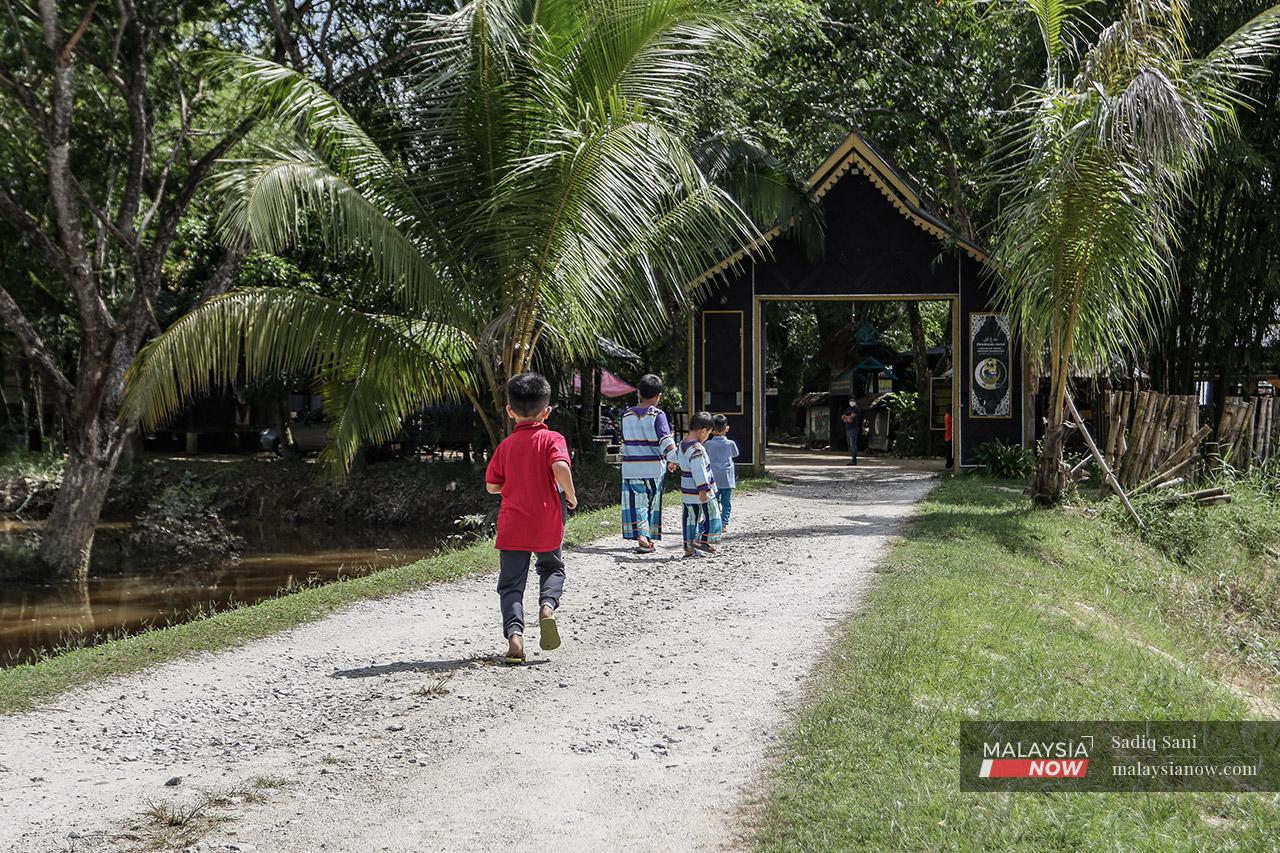Gallery
The village keeping ancient Malay traditions alive
The villagers of Kampung Pulau Misa Melayu in Perak spend their days in a variety of activities steeped in ancient Malay culture.
Ahmad Sadiq Mohamad Sani
2 minute read
Share
- Advertisement -
Just In

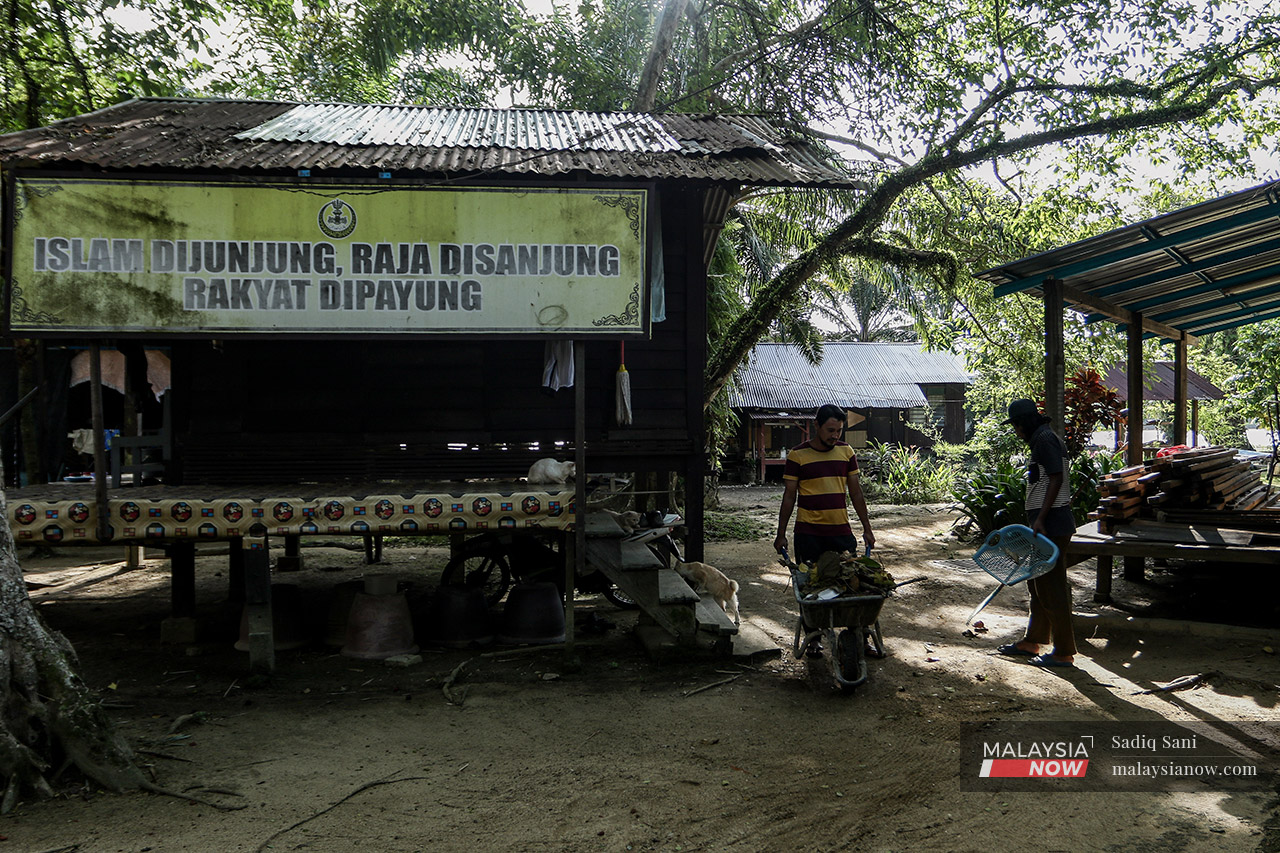
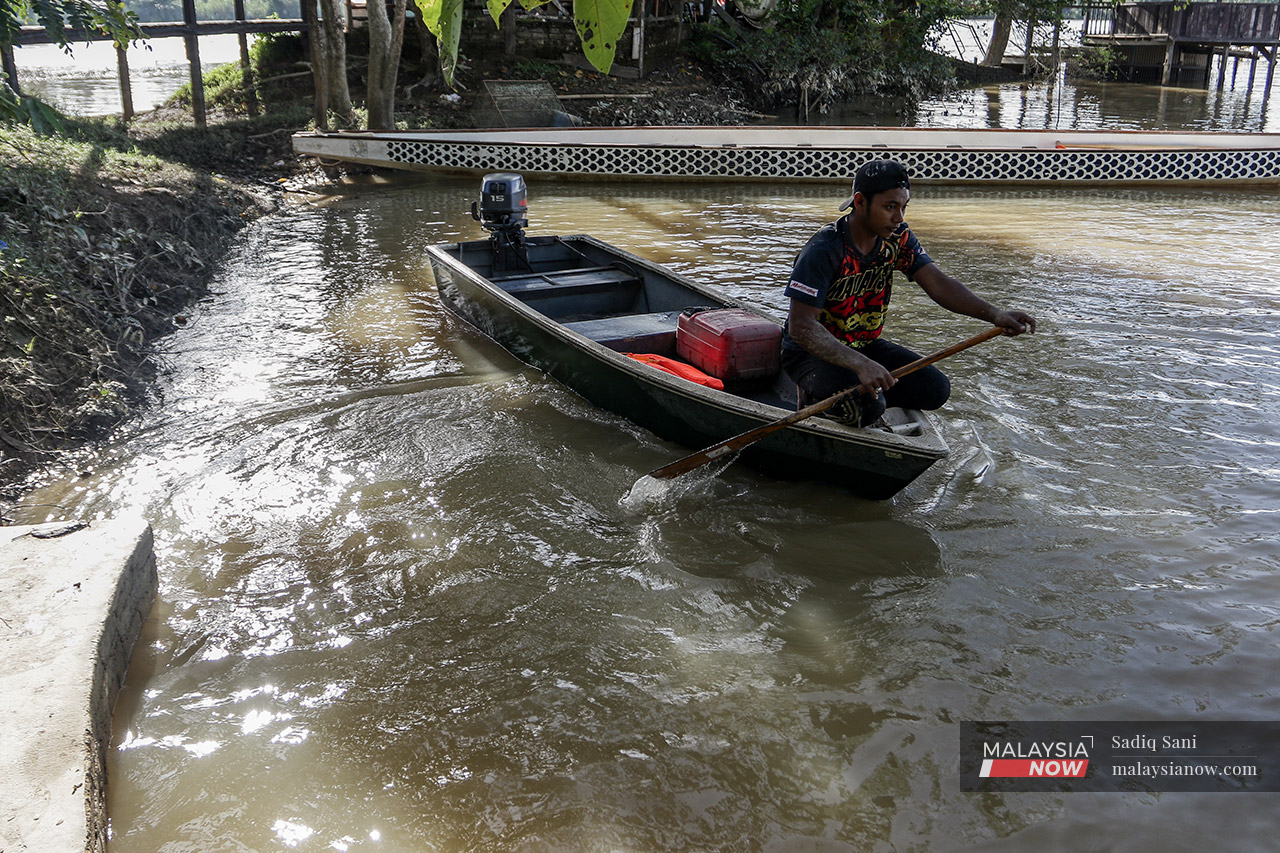
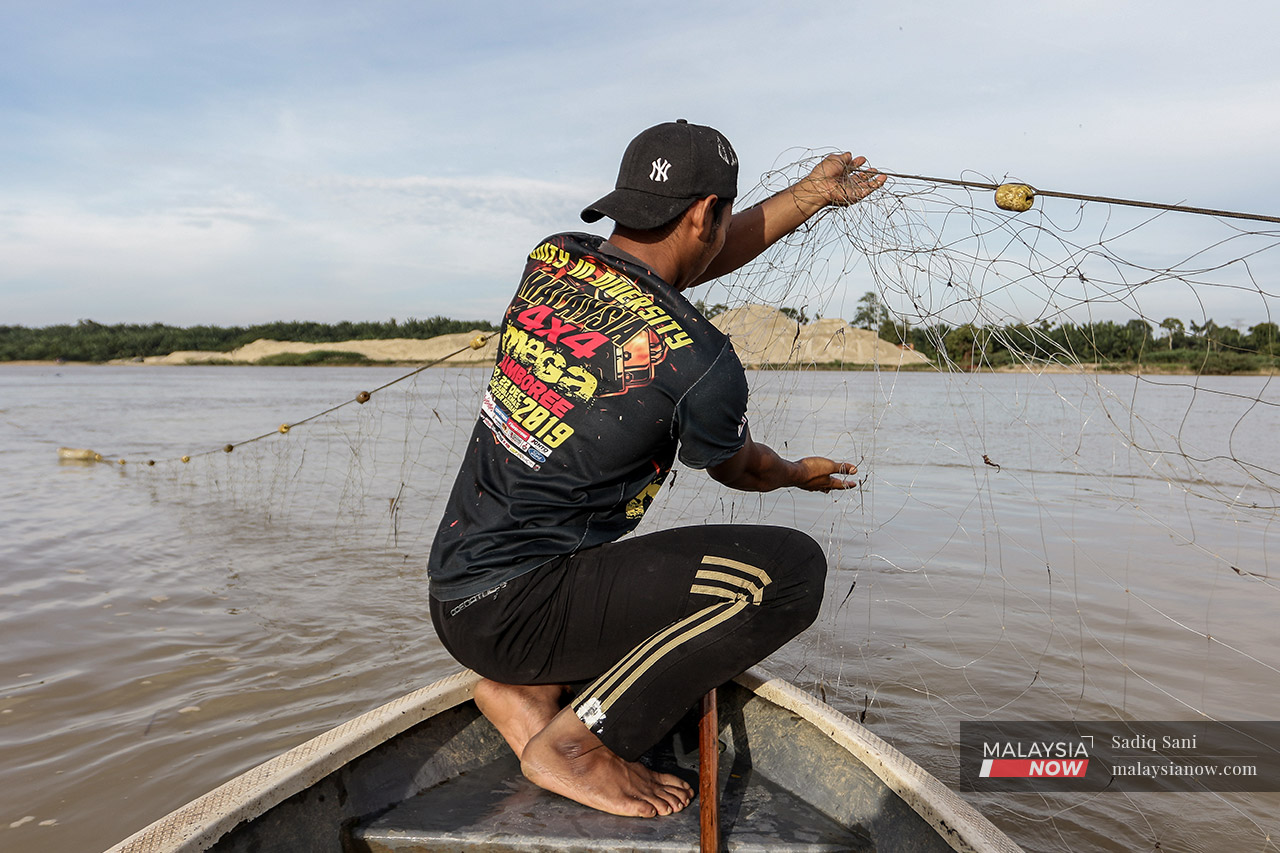










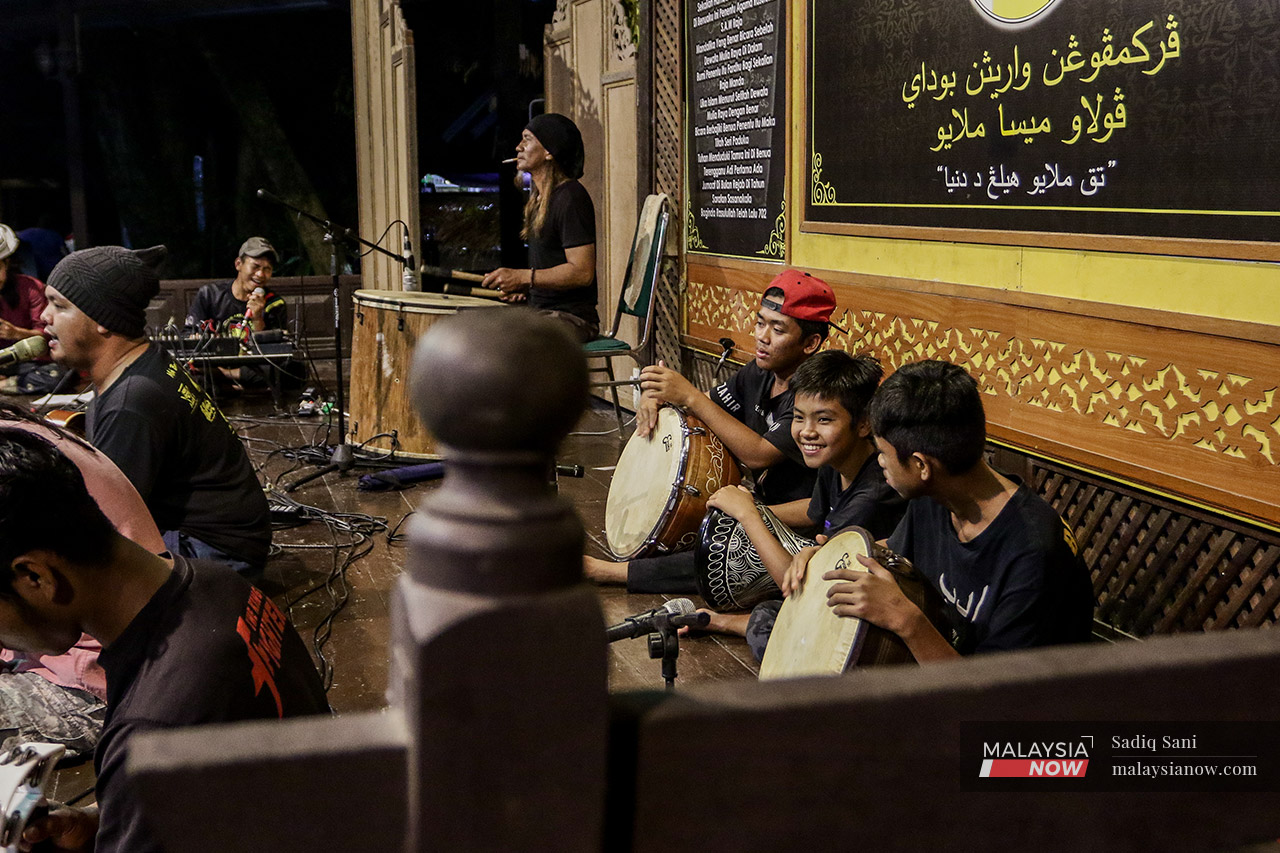




Subscribe to our newsletter
To be updated with all the latest news and analyses daily.
Share
- Advertisement -
Most Read
No articles found.
